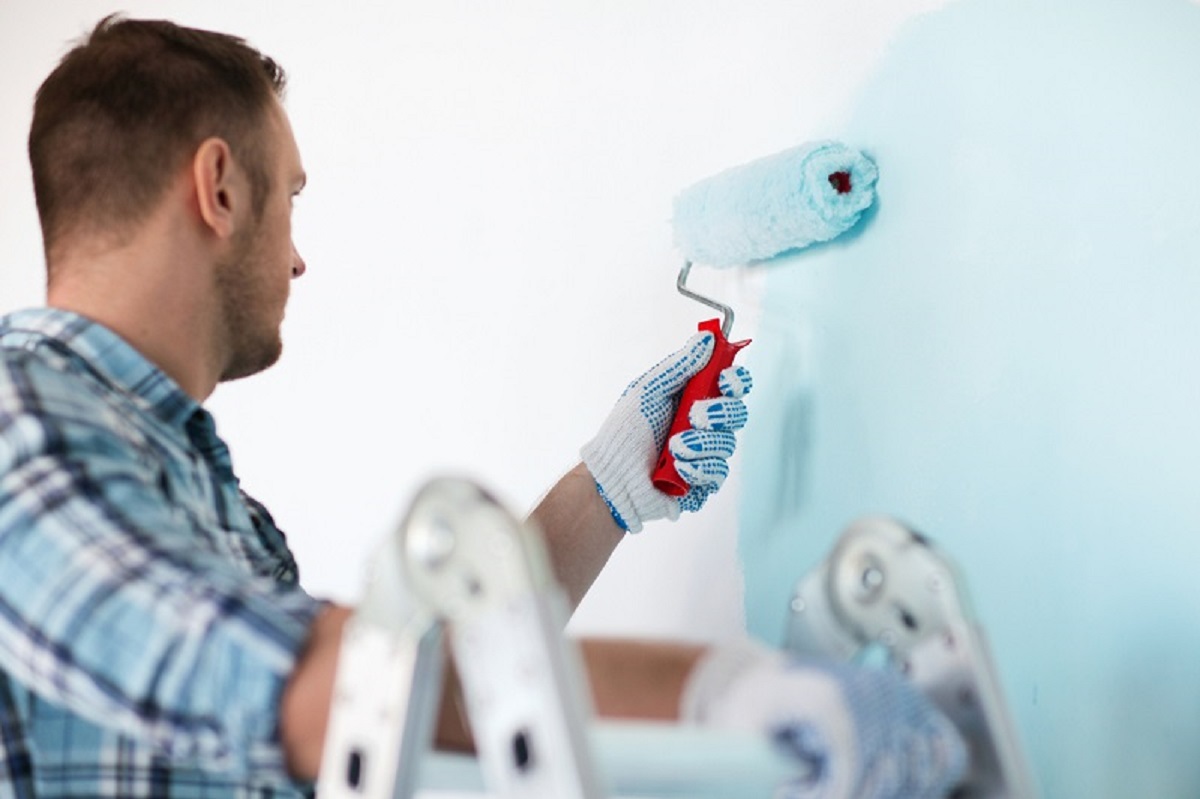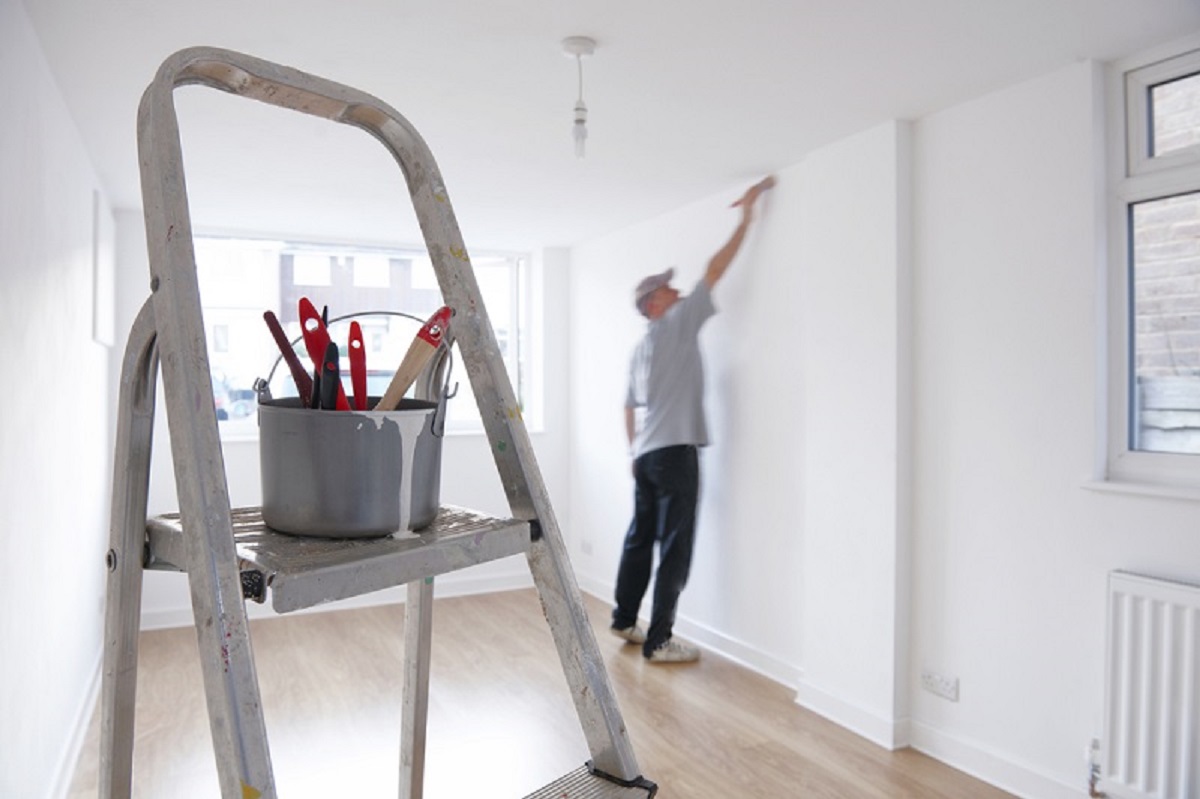House painting might seem like a daunting task, especially if you're a novice. However, with the right guidance, tools, and techniques, you can transform your living space into a masterpiece. This comprehensive guide to house painting will walk you through the process step-by-step, from paint selection to surface preparation, priming, paint application, and finally, cleanup and maintenance. Let's dive in and demystify the process of house painting.
Paint Selection
The first step in the house painting journey is selecting the right paint. There is a myriad of colors, finishes, and brands to choose from. When choosing paint, consider the room's function, lighting, and your personal style. Light colors can make small spaces seem larger, while dark colors create a cozy atmosphere. Glossy finishes are durable and easy to clean, making them ideal for high-traffic areas like kitchens and bathrooms. Flat or matte finishes, on the other hand, offer a sophisticated look perfect for living rooms and bedrooms.

Surface Preparation
Before you start painting, ensure the surface is clean, dry, and free from loose paint or wallpaper. This might involve washing the walls, sanding, or scraping off old paint. Fill any holes or cracks with an appropriate filler and sand smooth. Remember, a well-prepared surface can make the difference between a professional-looking finish and a patchy paint job.
Priming
Priming is an essential step in the house painting process. It helps to seal the surface, prevent stains, and create a smooth base for the paint to adhere to. There are different types of primers available for different surfaces and paint types. A good rule of thumb is to use a water-based primer for latex paint and an oil-based primer for oil paint.
Paint Application
When it comes to paint application, you have a few options: paint brushes, roller brushes, and spray painting. Paint brushes are perfect for cutting in around windows, doors, and ceiling edges. Roller brushes cover large areas quickly and give a reasonably smooth finish. Spray painting offers the smoothest finish and is ideal for large, unobstructed areas.
Painting Techniques
Aside from the standard painting technique, there are several other techniques you can employ to add texture and visual interest to your walls. These include sponging, ragging, and color washing. Each technique requires different tools and techniques, so it's worth researching and practicing on a small area before committing to a whole wall or room.

Clean Up and Maintenance
Once the painting is done, it's crucial to clean up your tools properly and store them for future use. For water-based paints, simply rinse your brushes and rollers in warm soapy water. For oil-based paints, you'll need to use a paint thinner. Regular cleaning and maintenance of your painted surfaces can extend their lifespan and keep them looking fresh for longer.
Conclusion
House painting isn't as intimidating as it seems. With the right tools, techniques, and a little patience, you can transform your home and express your personal style. So why not give it a try? You might just discover a new hobby and save yourself some money in the process.

.png)


No comments:
Post a Comment